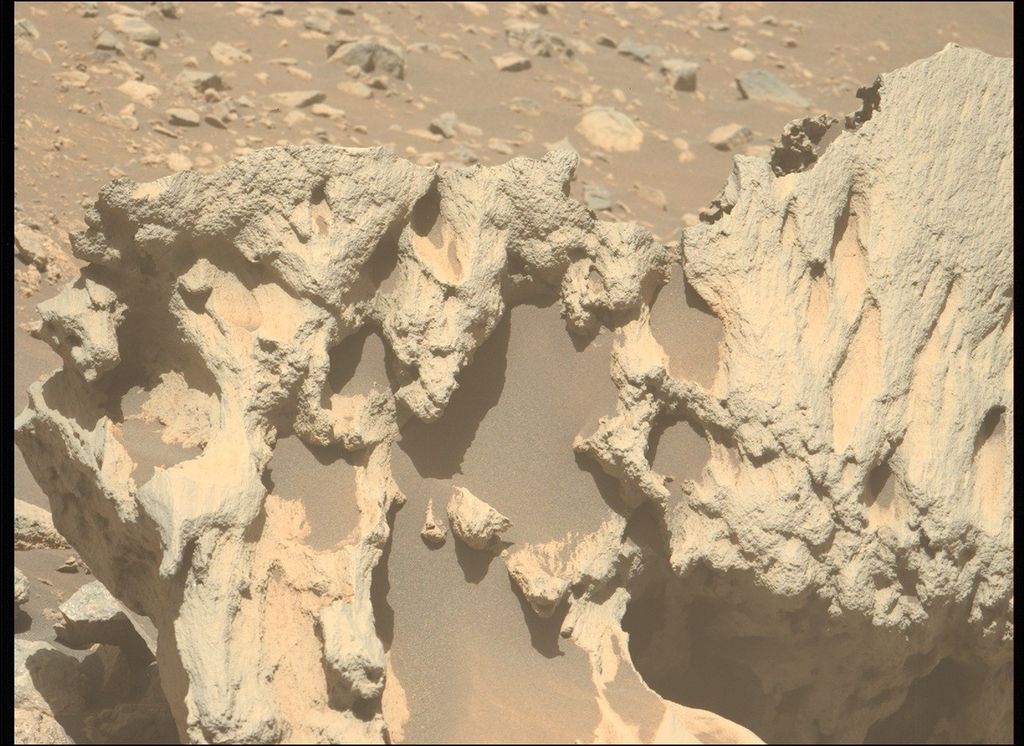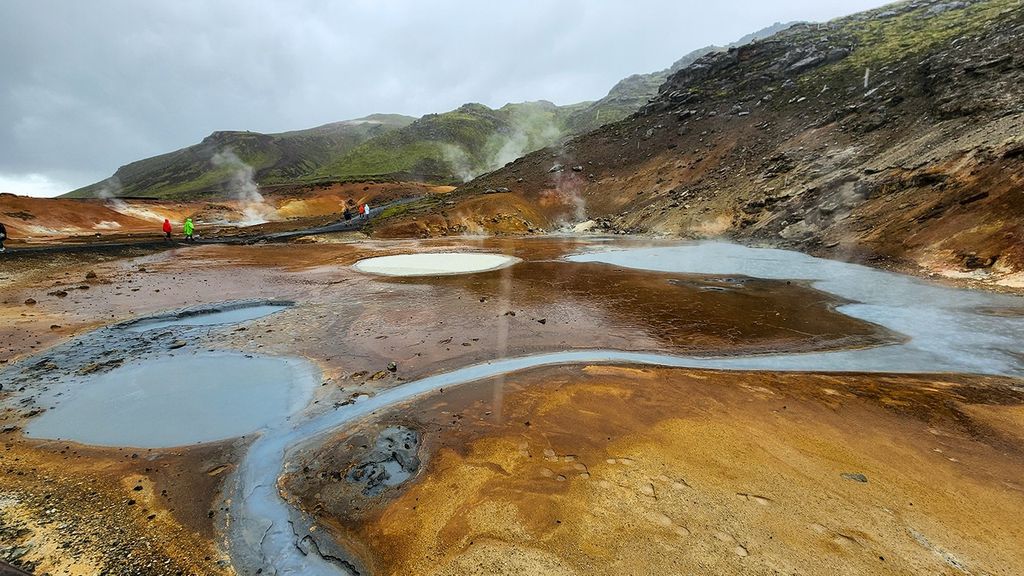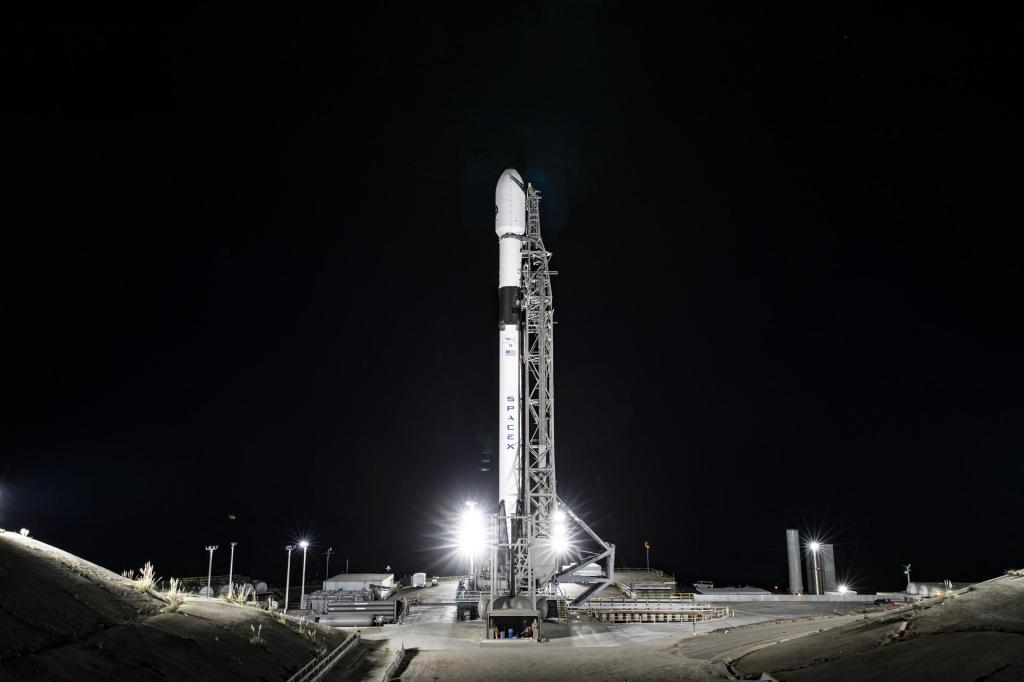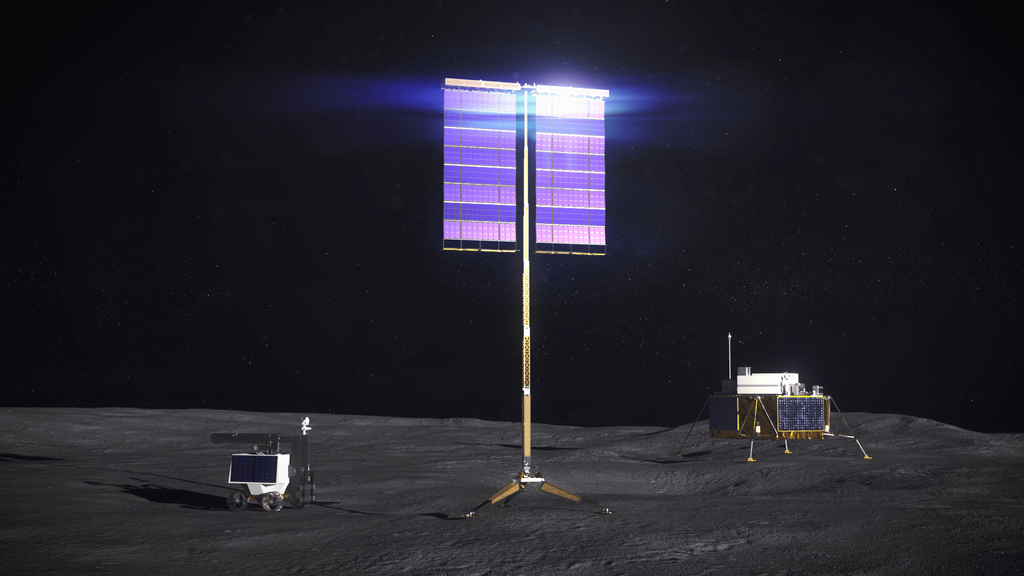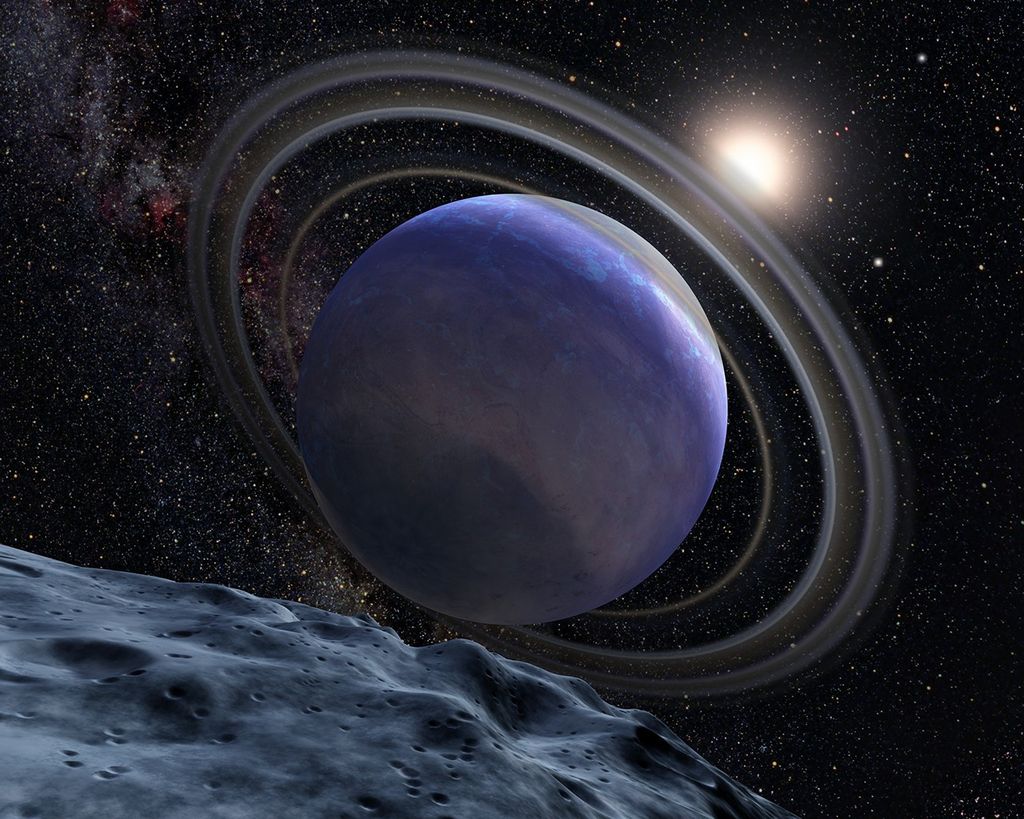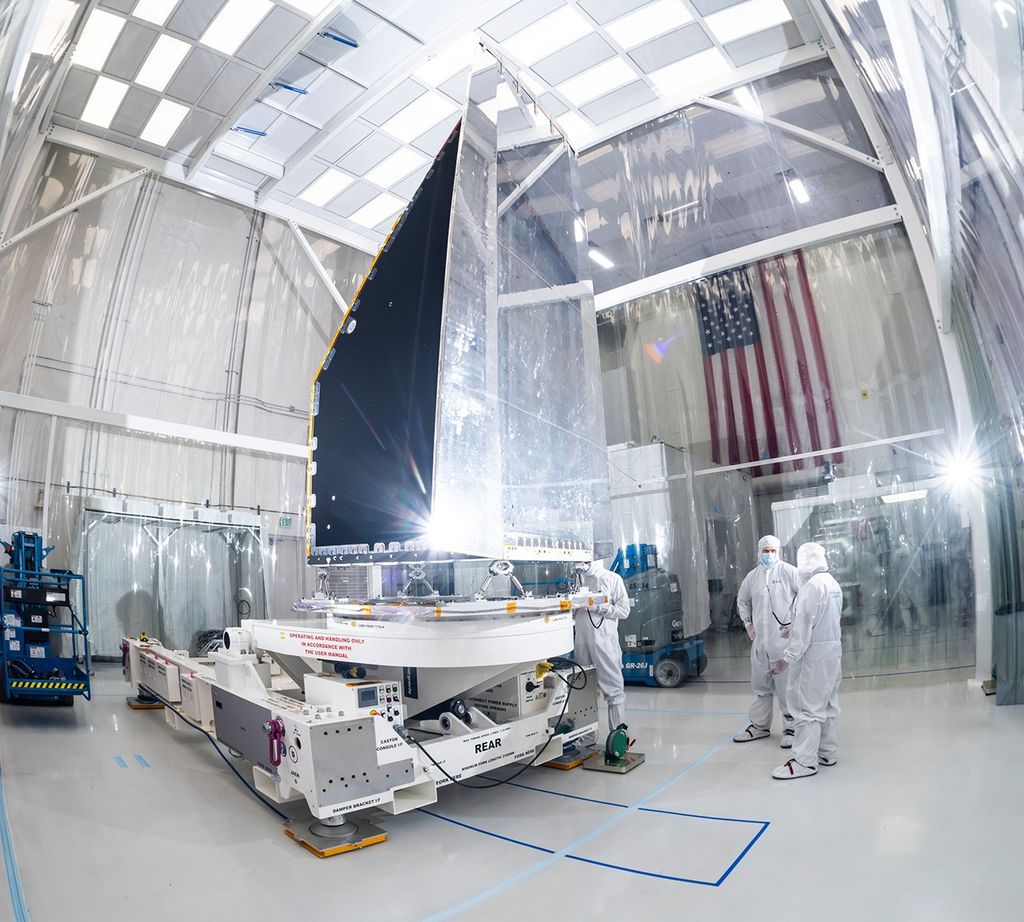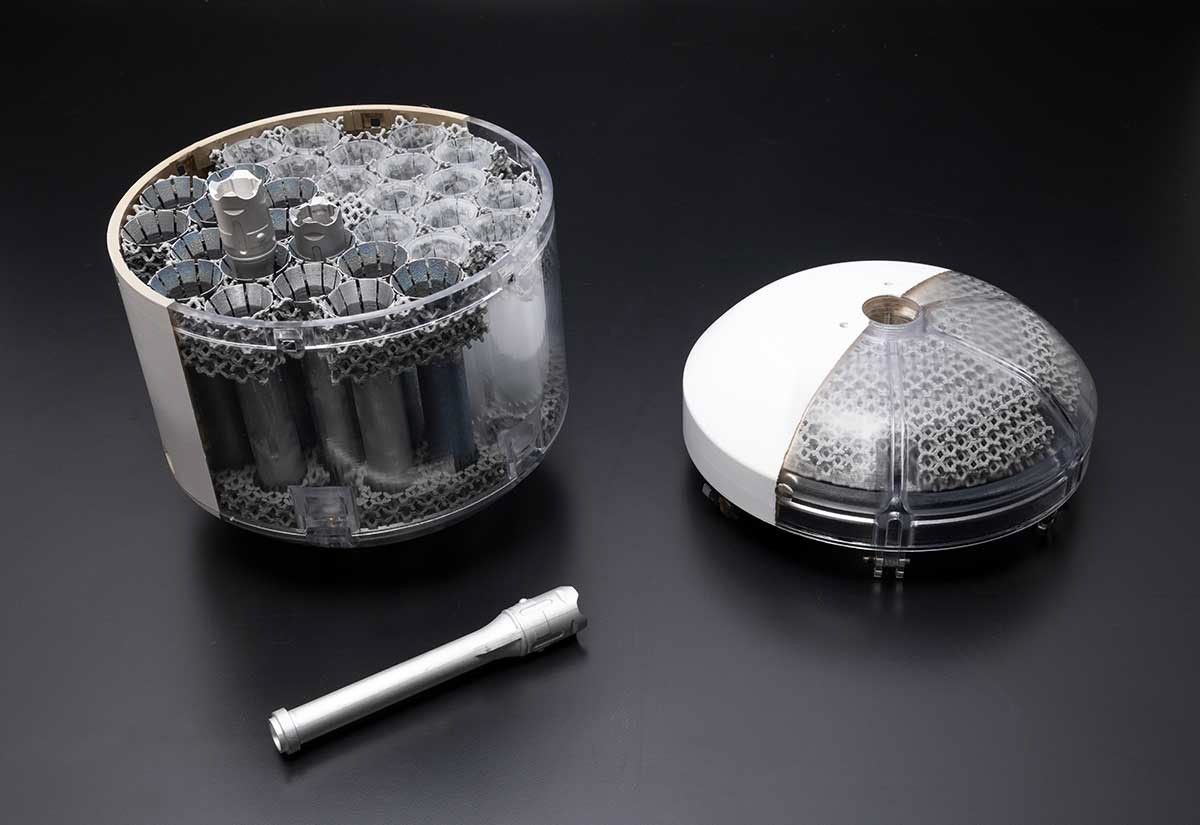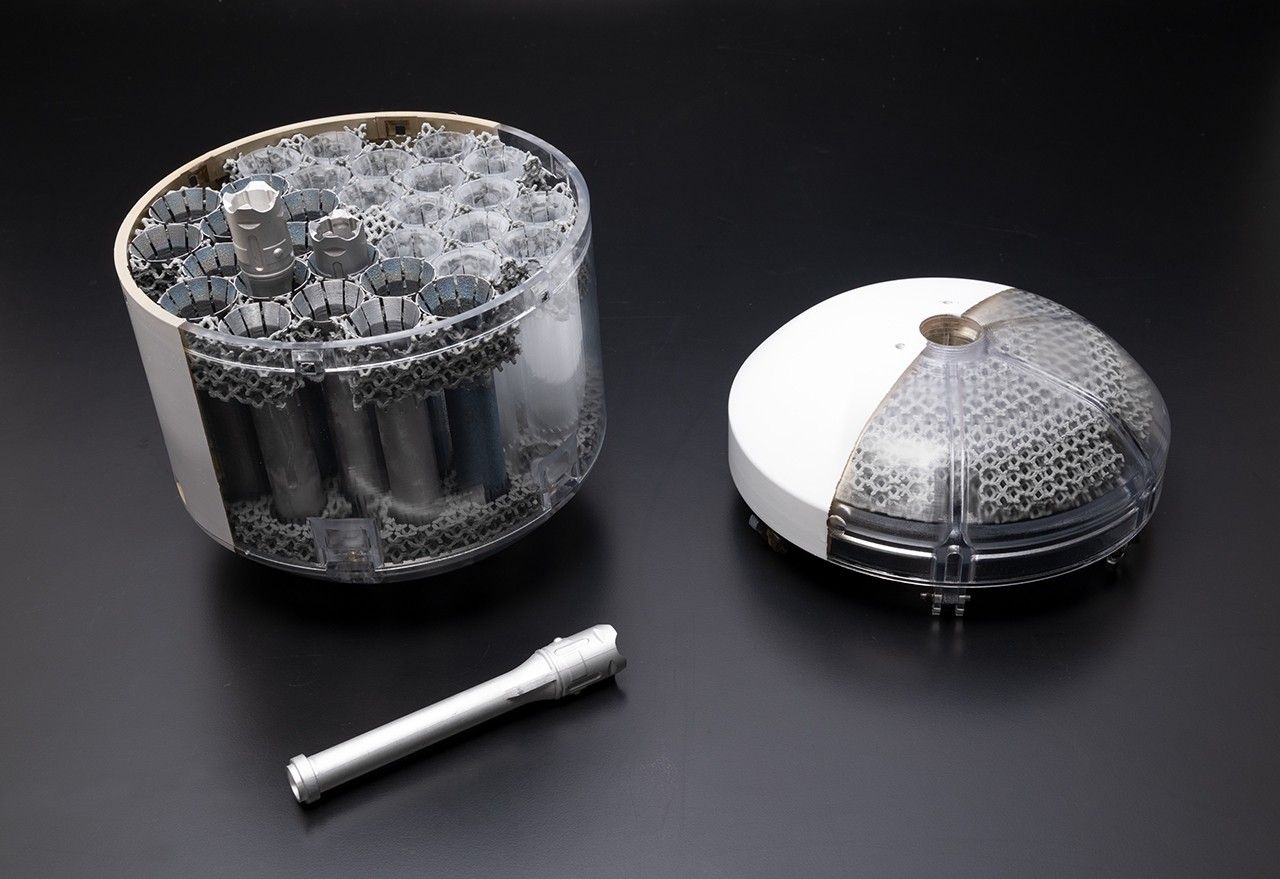Mars Sample Return Orbiting Sample Container Concept Model
| Credit | NASA/JPL-Caltech |
|---|---|
| Language |
|
This image shows a concept model of NASA's Orbiting Sample container, which would hold 30 sample tubes containing Martian rock, regolith (crushed rock and dust), and atmosphere that would be returned to Earth through the Mars Sample Return (MSR) program being planned jointly with ESA (European Space Agency). At right is the lid; bottom left sits a model of the sample-holding tube. The sample container would help keep contents isolated at less than about 86°F (30°C) to help preserve the Mars material in its most natural state.
NASA and ESA are solidifying concepts for the elements of the Mars Sample Return program as NASA's Mars 2020 Perseverance rover continues to collect samples and store them in sealed tubes on the planet's surface for potential future return to Earth.
In the program, NASA would deliver a Mars lander in the vicinity of Jezero Crater, where Perseverance has collected and cached samples. The lander would carry a NASA rocket—the Mars Ascent Vehicle or MAV—and an internal robotic handling system to receive the tubes from the Perseverance robot arm and install them in the Orbiting Sample container. The ascent vehicle would then launch the container holding the samples into Mars orbit.
ESA would provide a spacecraft called the Earth Return Orbiter (ERO), which would be in place orbiting Mars before the ascent vehicle launches. This spacecraft would rendezvous with the Orbiting Sample container and carry a NASA-provided payload that would capture the sample container and install it inside a secondary containment system before returning the samples to Earth as soon as the mid 2030s. Once on Earth, researchers would be able to extensively study the samples more thoroughly and extensively than would be possible with any instruments sent to the Red Planet, as they seek clues to whether Mars ever harbored life.




